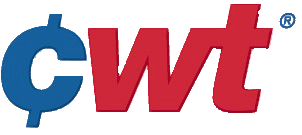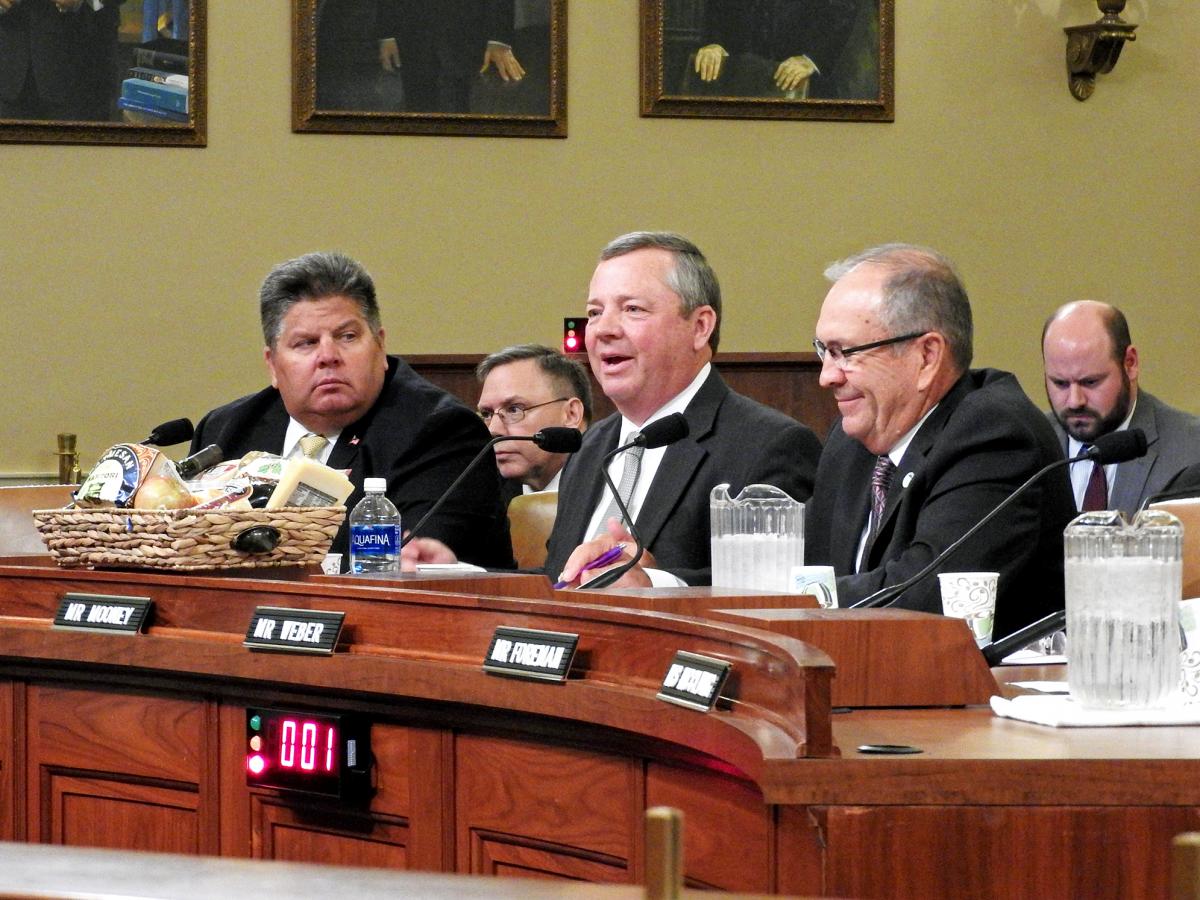One of the realities of the human experience is that we are evolutionarily conditioned to enjoy the tastes imparted by sugar, salt and fat. In reasonable amounts, foods containing some combination of these nutrients make eating much more enjoyable. The key is always drawing the line between moderation and excess.
While federal food policy doesn’t change as rapidly as food fads, it does evolve over time to reflect the shifting scientific consensus about the optimal choices for our diets. Fifty years ago, dietary fat and cholesterol were viewed as major public health concerns, and through a combination of labeling mandates, public health education campaigns, an incessant media drumbeat and clever marketing, the fat content was significantly reduced in many major food groups, including dairy. The latest version of the federal Dietary Guidelines for America still reflects this mindset, even if the scientific research isn’t as indisputable as it once was said to be about the relative threat to public health posed by animal fats.
In fact, recent research has demonstrated that the anti-fat gospel of the past several generations can’t be supported by a more robust assessment. Leading publications, from the Annals of Internal Medicine, to the American Journal of Clinical Nutrition, to the medical journal Atherosclerosis, have published peer-reviewed articles reassessing the cause and effect of animal fat consumption and heart disease – and are not finding a connection. Those who attend NMPF’s annual meeting this October will hear first-hand about this dynamic from journalist and author Nina Teicholz, who in her 2014 book “The Big Fat Surprise,” wrote that much of the rationale for the anti-fat crusade was based on thin, even contradictory evidence.
Not surprisingly, this emerging recognition that animal fat is not necessarily bad for us hasn’t yet been fully embraced by many in the nutrition community. Some groups that have built their reputations and raised lots of money pushing the contrary thesis for the past several decades are having a hard time acknowledging that perhaps they overstated the evidence. But we are working to steadily change this decades-old mindset about dairy fat. Even as nutritionists are gradually reconsidering their viewpoints, consumers are already reversing a generational trend in milk consumption: sales of whole milk increased 4.5% last year, while fat-free milk sales declined 12.3%. Taste is a powerful motivator.
The result of the half-century-long health crusade demonizing fat was to reduce its use in many prepared foods. But since taste is the primary driver for people when choosing a food, what replaced fat in certain cases was refined carbohydrates – often sugar or some closely related sweetener. As marketers – prodded by “health” groups – jumped on the low-fat/high-carb kick, Americans gained weight. The evidence is not absolute that there is a direct causation between these events, but the net effect is beyond dispute: The average person today is heavier, and society has a much higher rate of obesity-related diseases such as diabetes, than in the 1960s.
Now one of the current targets is the presence of sugar in foods. Advocacy groups have gone after the soda industry with a series of local taxes on soft drinks, and at the same time, the Food and Drug Administration is targeting the levels of sugars added to foods. The FDA’s just-released update of the Nutrition Facts panel is notable because it requires food companies to explicitly quantify the added sugar in foods.
NMPF was engaged in this regulatory battle because of our concern that naturally occurring lactose in functional ingredients such as whey and nonfat milk should not be lumped in with other sugars added merely as sweeteners. The FDA accepted our reasoning, which is a victory for dairy. Nonetheless, sugars in their various forms are now being subject to the same criticism that was directed at fat a generation ago.
Now that the revised Nutrition Facts label has been finalized, the other looming public health focus in the food category is on sodium. Salt is as common a component as sugar or fat in formulated foods, including in many dairy foods. And, as with sugar and fat, it plays a role in taste and functionality. Sodium also plays a role in food safety. Salt consumption by Americans remains above government-recommended levels, and has been linked to hypertension – even though the verdict is still out as to whether people with normal blood pressure benefit from lower sodium consumption.
Recently, the FDA issued a voluntary guidance to, in its words, “explore effective and efficient strategies to promote sodium reduction in the food supply. We believe that these voluntary goals can be an effective means to achieve significant benefits to public health…” The FDA has outlined some aspirational goals for reducing the sodium level in a wide variety of foods, including cheese and butter. The objective is to cut average salt consumption from 3,400 milligrams per day to 2,300. This is a voluntary campaign, at least for now.
That’s a big reduction, and it would drastically alter the taste, texture and appeal of a whole variety of items in our diets. NMPF will continue to engage in this process, especially because the science is still evolving on the impact of sodium in our diets – and because history shows that what passes for a slam-dunk consensus on the specific role and impact of certain nutrients in our diets can, and should, change over time.


 Cooperatives Working Together member cooperatives captured 17 contracts to sell 4.868 million pounds of American-type cheese, 458,562 of butter and 2.119 million pounds of whole milk powder in June. These products will go to customers in Asia, Central America, the Middle East, North Africa, Oceania and South America. The product will be shipped from June through December 2016.
Cooperatives Working Together member cooperatives captured 17 contracts to sell 4.868 million pounds of American-type cheese, 458,562 of butter and 2.119 million pounds of whole milk powder in June. These products will go to customers in Asia, Central America, the Middle East, North Africa, Oceania and South America. The product will be shipped from June through December 2016. As President Barack Obama met with his counterparts from Canada and Mexico last week in Ottawa, NMPF joined the U.S. Dairy Export Council in issuing a joint statement calling on the United States to ensure that Canada “plays by the rules” when it comes to dairy trade.
As President Barack Obama met with his counterparts from Canada and Mexico last week in Ottawa, NMPF joined the U.S. Dairy Export Council in issuing a joint statement calling on the United States to ensure that Canada “plays by the rules” when it comes to dairy trade. NMPF Chairman Randy Mooney told a congressional panel last month that free trade agreements have the potential to benefit America’s dairy farmers, but current – as well as future – trade deals must be carefully enforced.
NMPF Chairman Randy Mooney told a congressional panel last month that free trade agreements have the potential to benefit America’s dairy farmers, but current – as well as future – trade deals must be carefully enforced. Nearly 60 young farmers joined a large contingent of NMPF board members who descended upon Capitol Hill in early June to advocate for a sensible solution to the dispute over the proper labeling of foods produced using biotechnology. The Capitol Hill blitz demonstrated a groundswell of grassroots support that helped lead to the now imminent congressional action on the measure.
Nearly 60 young farmers joined a large contingent of NMPF board members who descended upon Capitol Hill in early June to advocate for a sensible solution to the dispute over the proper labeling of foods produced using biotechnology. The Capitol Hill blitz demonstrated a groundswell of grassroots support that helped lead to the now imminent congressional action on the measure. Efforts to adopt a national framework for the labeling of foods made with biotechnology are nearing successful completion on Capitol Hill, now that Senate leaders have agreed on a compromise approach to achieve that goal. The Senate is expected to take a preliminary cloture vote on the measure on Wednesday afternoon which, if successful, will be followed by a vote on final passage on Friday.
Efforts to adopt a national framework for the labeling of foods made with biotechnology are nearing successful completion on Capitol Hill, now that Senate leaders have agreed on a compromise approach to achieve that goal. The Senate is expected to take a preliminary cloture vote on the measure on Wednesday afternoon which, if successful, will be followed by a vote on final passage on Friday.
 ARLINGTON, VA – The National Milk Producers Federation has updated its Margin Protection Program website – futurefordairy.com – with new materials to assist dairy producers considering enrollment in the third year of the federal dairy safety net program. The enrollment period officially opened July 1 and ends September 30, 2016, for coverage in calendar year 2017. Farmers already participating in the program can change their coverage level during this three-month enrollment window.
ARLINGTON, VA – The National Milk Producers Federation has updated its Margin Protection Program website – futurefordairy.com – with new materials to assist dairy producers considering enrollment in the third year of the federal dairy safety net program. The enrollment period officially opened July 1 and ends September 30, 2016, for coverage in calendar year 2017. Farmers already participating in the program can change their coverage level during this three-month enrollment window. ARLINGTON, VA – The National Milk Producers Federation joined a group of more than 1,000 agriculture, business and food companies today in urging the Senate to pass legislation that would create a uniform, federal system for labeling foods produced using biotechnology. NMPF and its 31 member cooperatives were among the 1,065 signers of the letter, as were dozens of dairy food companies and state dairy farm associations.
ARLINGTON, VA – The National Milk Producers Federation joined a group of more than 1,000 agriculture, business and food companies today in urging the Senate to pass legislation that would create a uniform, federal system for labeling foods produced using biotechnology. NMPF and its 31 member cooperatives were among the 1,065 signers of the letter, as were dozens of dairy food companies and state dairy farm associations.



